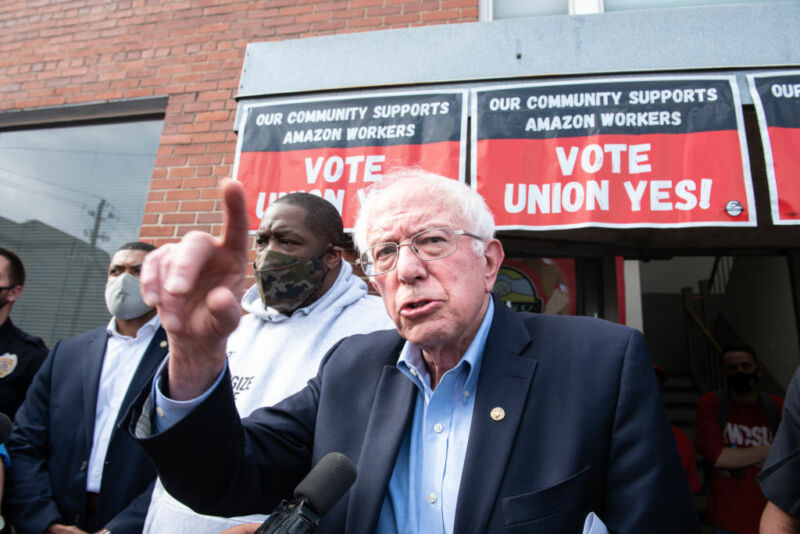Freenode IRC staff resign en masse after takeover by Korea’s “crown prince”
Former staffer alleges "a hostile entity is now in control... and has your data."
JIM SALTER - 5/24/2021 ARS TECHNICA

Freenode currently ranges between roughly 75,000 and 90,000 users—that's a far cry from the 240,000 users fellow IRC network QuakeNet had back in 2005, but it's still quite a lot of people.
WHAT KOREAN CROWN?
Yi Seok did not "discover" Lee until Lee was already a multimillionaire, and we are unaware of any concrete evidence regarding hereditary relationship between Lee and the former Joseon dynasty.Freenode has been the world's largest IRC network since 2013, with roughly three times as many users as its closest competitor, IRCnet. Last week, the massive IRC network was taken over by tech entrepreneur and "Korean Crown Prince" Andrew Lee—a move that the network's staff has apparently unanimously classified as a "hostile takeover," although Lee himself claims these are only "rumors" and "simply untrue."
At first blush, it's tempting for an outside observer—someone who isn't already familiar with the history of the network's ownership and management—to shrug and say "well, who knows." Lee lays out several hundred words of explanation in a blog post currently featured on Freenode's front page—most of which sounds reasonable.
But the one question Lee never addresses—let alone answers—is why at least 14 separate staff members would quit en masse, all disagreeing with the story he tells
A dubious contract
In 2017, Christel Dahlskjaer—who was, at the time, head of Freenode staff—created a corporation, Freenode Ltd., which she immediately sold to Lee. Dahlskjaer and Lee told Freenode staff and users that the incorporation was only done as necessary paperwork in order to sponsor a conference and that day-to-day operations would remain unchanged.
Contract or no contract, staff and developers of Freenode maintain that it wasn't actually possible to sell the network—the staff is all volunteers, and the infrastructure itself wasn't owned by Dahlskjaer in the first place. According to resigning Freenode developer Aaron Jones, however, "Andrew has more money than us, and so we cannot fight this."
Although the contract in question was signed in 2017, staffers didn't begin objecting until this year, when operational changes began appearing without their control or consent.
A unilateral decision on advertising
In February 2021, Dahlskjaer placed the logo for Shells—a Lee-owned company offering cloud-based virtual desktops—prominently on Freenode's front page. By itself, this might seem innocuous—FOSS projects accept sponsorships and advertising all the time. But staffers, who were supposedly still in control of the network, weren't consulted about the arrangement—and they did not approve.
One reason for staffers' virulent disapproval is Shells CTO Mark Karpelès. Karpelès is the founder of the defunct Mt. Gox bitcoin exchange, which lost nearly 850,000 bitcoin (currently worth a staggering $33.4 billion-with-a-B US dollars) to attackers who exploited a massive security flaw. Karpelès was found guilty in a Tokyo court of deliberately tampering with records to cover up the exchange's various losses, although he was found innocent of outright embezzlement.
As former staffer Aaron Jones explains in his lengthy letter of resignation—which links to similar announcements from other departing high-profile staffers—this wasn't the only issue with the new ad. According to Jones, sponsorships are normally only found at freenode.net/acknowledgements—making the prominent Shells logo in the upper right of Freenode's front page more of a departure from the norm than it might seem.
Jones goes on to say that Dahlskjaer was either unable or unwilling to explain the sudden new ad to staffers, choosing to resign instead. (Lee claims that Freenode staff "harassed" Dahlskjaer into resignation; Jones and other departing staffers deny this characterization.) Freenode staff elected Tom Wesley (aka tomaw) to replace her.
Escalation in April
Beginning in April 2021, Lee's exercise of control continued ramping up:
Staffers created a blog post outlining changes in leadership and announcing a change to newly developed back-end ircd software Solanum. According to Jones, Lee summarily removed the post—and manually edited the website's built-in history to create the impression that it had never existed.
Later in April, a Freenode test network—in use to get ready for the infrastructure shift to Solanum—was shut down without discussion. Wesley (tomaw) performed the shutdown and refused to say why; Jones and others believe Lee was behind the shutdown, used threat of legal force to make Wesley comply, and issued related gag orders to OFTC staff.
Lee registered the channel #freenode-board without discussing it with staff—and, according to Jones, without proper authority (since only official group contacts are allowed to create channels in Freenode's primary namespace, and Lee was not an official Freenode contact).
Shane Allen (aka nirvana), an associate and employee of Lee's, bragged about "turning" tomaw, and he attempted to bribe prominent user Ariadne with promises of ops privileges, saying, "I'll make sure you get +oO in #freenode so you can kick people. My gift to you pal."
On May 11, Lee began issuing notices to staff as a group and directly to individual Freenode staffers. Everything came from "the board"—an entity that staffers say never existed, and even now is merely a euphemism for Lee himself.
On May 12, Lee (aka rasengan) posted his version of events—in which he claims legal ownership of Freenode, along with a list of grievances—in a Github gist. (The gist is considerably saltier than the version of events Lee posted to Freenode's public-facing blog a week later.)
Libera Chat
A week after Lee's effectively public announcement of ownership and de facto dictatorial operation of Freenode, the staffers who resigned from Freenode created Libera.chat as a replacement.
Libera Chat is incorporated as a Swedish nonprofit organization, owned and operated by volunteer staffers who are voting members of the organization. It has a small, member-elected board—currently consisting of chair, treasurer, projects and community rep, engineering rep/vice chair, and operations rep. But most decisions are to be taken by the membership as a whole.
The membership also elects two auditors, tasked with auditing the board's actions on behalf of the membership. A transparency report is to be published annually, detailing bookkeeping and the auditors' findings along with the standard annual report from the board itself.
All current Libera Chat boardmembers and auditors are Freenode staffers who resigned in protest of Lee's recent actions and assumption of control.









/https://public-media.si-cdn.com/filer/f6/f6/f6f67e95-bcca-4814-a621-49aa8cdbdbdb/25_deerroad.png)













